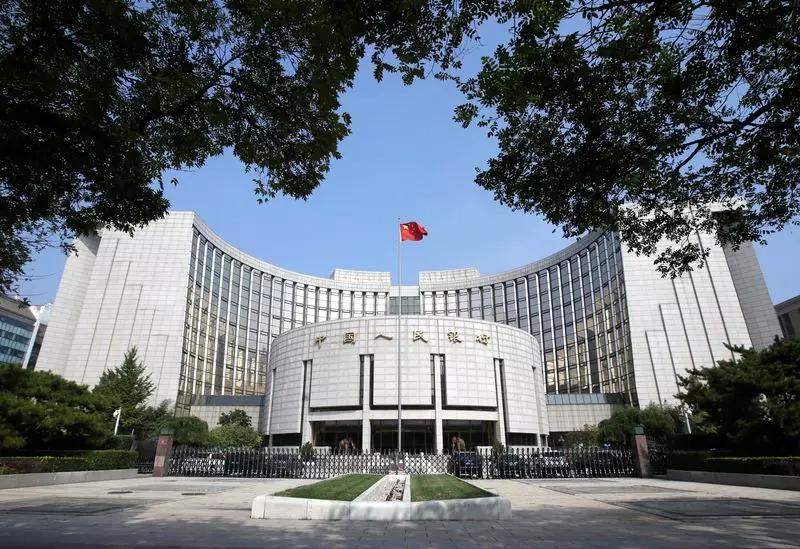In the backdrop of China’s economic landscape, the anticipation of adjustments to the benchmark lending rates reflects a critical juncture for policymakers. Following an unexpected rate cut by the Federal Reserve, speculation mounts around China’s impending decisions regarding its monetary policy. This shift comes as the Chinese yuan faces significant depreciation pressures, which have long constrained the central bank’s capacity to implement policy changes aimed at stimulating domestic growth.
Impact of U.S. Monetary Easing
The Federal Reserve’s recent half-percentage-point reduction in interest rates marks a notable deviation from its previous tightening stance. This move dispels some concerns over currency strength, granting the People’s Bank of China (PBOC) greater latitude in adjusting its rate policies without exacerbating yuan instability. Analysts are increasingly vocal about the likelihood of a decrease in the loan prime rate (LPR), a significant indicator of borrowing costs for businesses and consumers. A Jeopardy-style poll of financial experts reveals that a substantial majority, approximately 69%, predict cuts in both one-year and five-year lending rates in the upcoming policy update.
Current Economic Indicators and Uncertainties
The economic indicators released for August have presented a sobering picture of China’s financial health, with disappointing figures on lending and economic activity. This downturn has intensified calls for a more aggressive monetary easing strategy as a means to revive the slowing economy. Moreover, the PBOC has already signalled a commitment to support economic growth, demonstrated by its recent surprise cut in interest rates, which was the most comprehensive in nearly a year.
As market participants await the PBOC’s next steps, the spotlight remains on the seven-day reverse repo rate. It is anticipated that any adjustments to this key rate will occur prior to potential reductions in the LPR, reflecting a cautious approach to preserving liquidity.
China’s economic trajectory is at a crossroads, compounded by external pressures and internal challenges. Global financial institutions are revising their forecasts for China’s growth in 2024 downward, now predicting outcomes that may fall short of the government’s target of around 5%. This adjustment casts a shadow over the nation’s economic recovery, which President Xi Jinping has emphasized as a priority.
With mounting pressure to meet economic and social development goals, it is evident that more stringent measures will be necessary to navigate the current challenges. The need for a robust policy response is critical in order to ensure sustained growth amidst fluctuating economic conditions.
As China stands on the cusp of potential rate changes, the decision-making process within the PBOC will be crucial for shaping the economic landscape. The interplay between the monetary policies of the U.S. and China underscores a delicate balancing act, where domestic economic imperatives must be weighed against global financial realities. Looking forward, the effectiveness of China’s monetary strategies will determine not only the short-term economic outcomes but also the long-term stability of its financial system.

